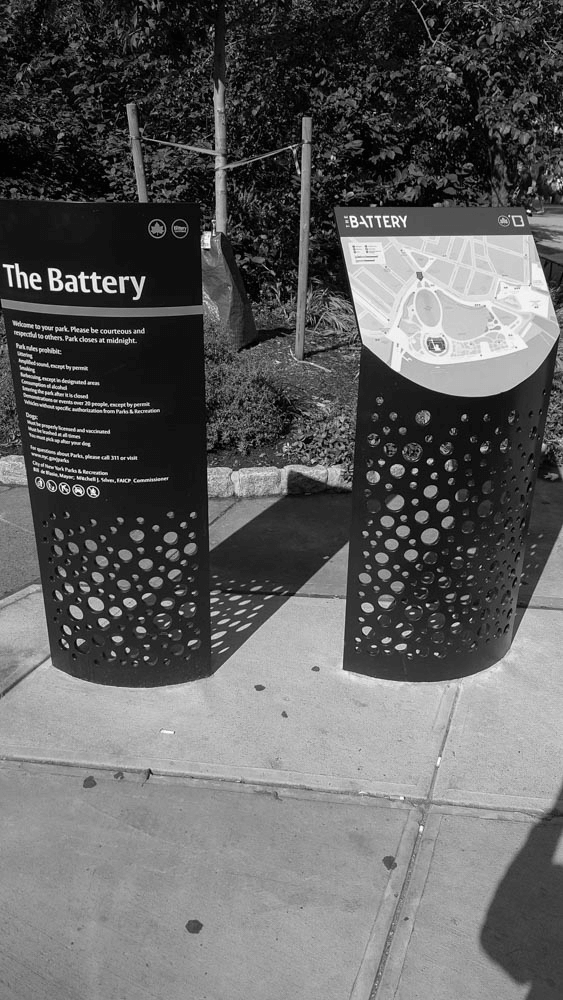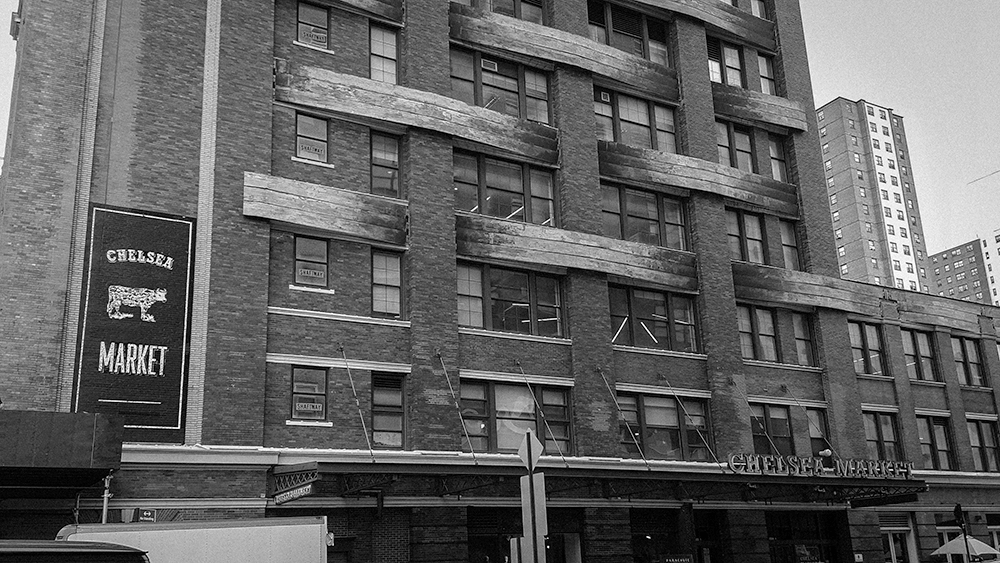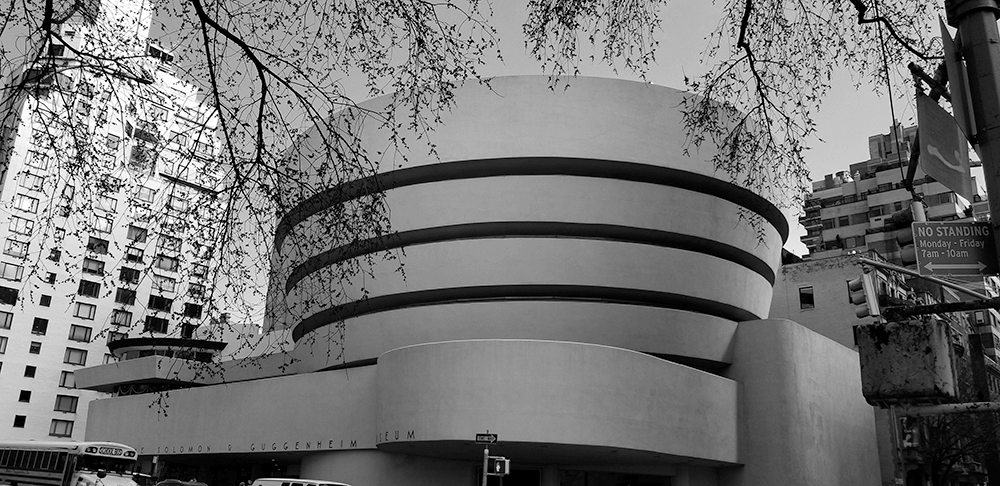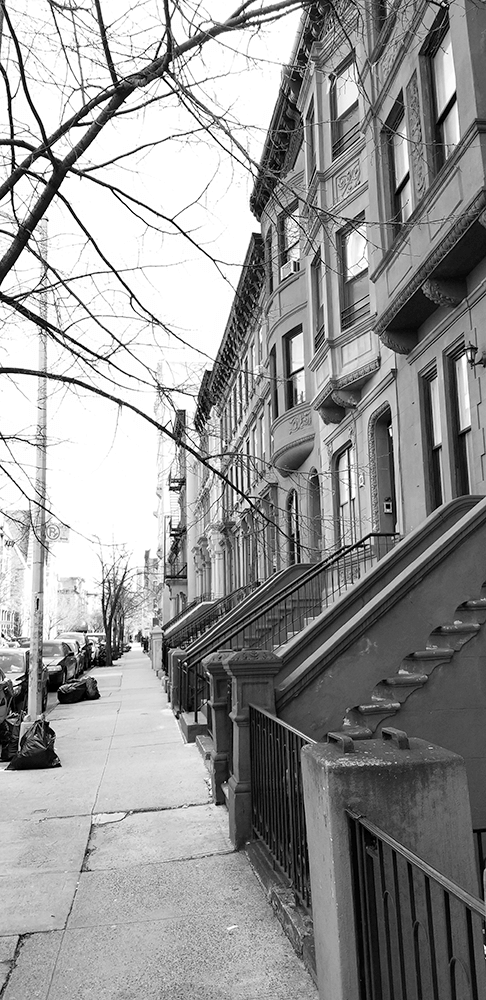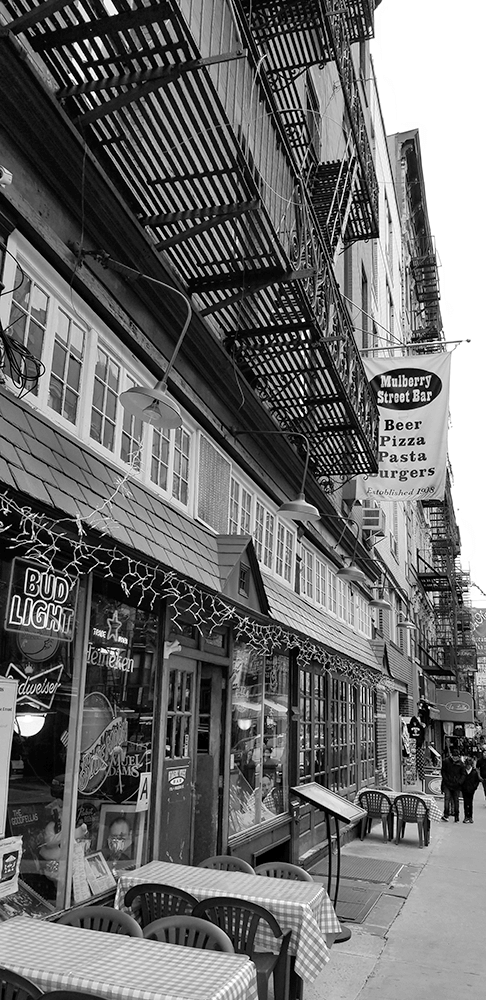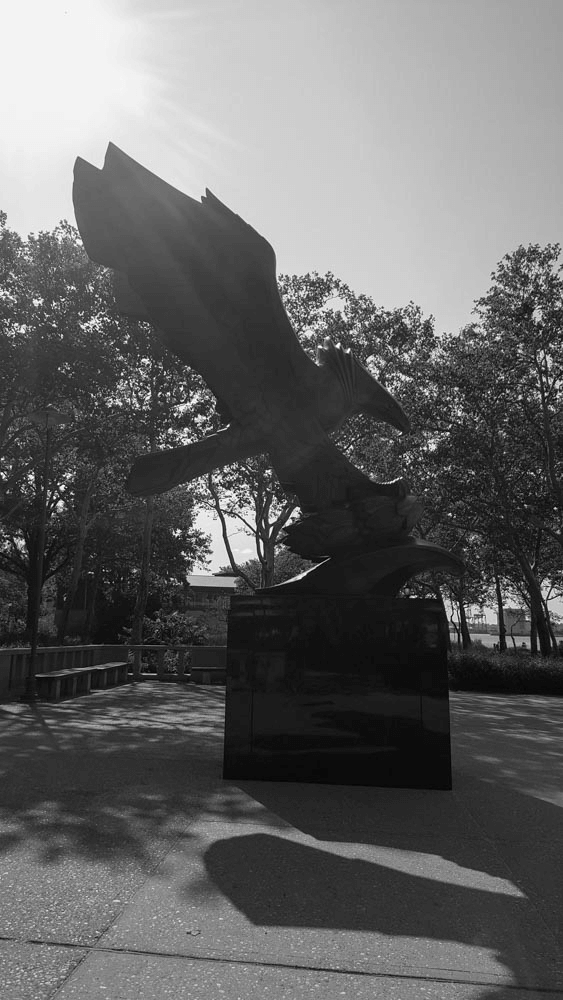Restaurant
Nolita
Estela
Estela – Ein kulinarisches Highlight in New York Estela ist ein gefeiertes Restaurant im Herzen von New York City, das für seine innovative Küche und seine warme Atmosphäre bekannt ist. Gegründet von Chefkoch Ignacio Mattos im Jahr 2013, hat Estela schnell einen Namen gemacht und zieht sowohl Einheimische als auch Touristen an. Geschichte und Konzept Ignacio Mattos, ein gebürtiger Uruguayer, bringt mit seiner kreativen Vision und seinem kulinarischen Talent frischen Wind in die New Yorker Gastronomie. Ursprung: Estela begann in einem ehemaligen Café in NoLiTa und wurde schnell zu einem Hotspot für Feinschmecker. Die Idee war, eine Speisekarte zu kreieren, die die Aromen der mediterranen und lateinamerikanischen Küche miteinander verbindet. Philosophie: Die Philosophie des Restaurants basiert auf der Verwendung hochwertiger, saisonaler Zutaten und einer kreativen Zubereitung. Mattos legt Wert auf Einfachheit und Authentizität, was sich in jedem Gericht widerspiegelt. Speisenangebot Das Menü von Estela ist eine aufregende Mischung aus kreativen und köstlichen Gerichten, die sich durch ihre Raffinesse und ihren Geschmack auszeichnen. Vorspeisen: Die Vorspeisen sind ein Highlight des Menüs. Gerichte wie Käse mit Honig und Nüssen oder gegrillte Sardinen sind beliebte Optionen, die die Gäste begeistern. Die Kombination von Aromen und Texturen ist einzigartig und sorgt für ein unvergessliches Geschmackserlebnis. Hauptgerichte: Die Hauptgerichte sind ebenso beeindruckend. Mattos bietet eine Auswahl an Fleisch- und Fischgerichten, darunter Lamm mit Joghurt und gegrillter Tintenfisch. Jedes Gericht wird mit großer Sorgfalt zubereitet und ist oft mit frischen Kräutern und Gewürzen verfeinert. Desserts: Die Dessertkarte ist kreativ und bietet saisonale Köstlichkeiten. Klassiker wie Olivenölkuchen oder Panna Cotta mit frischen Früchten sind beliebte Wahlmöglichkeiten, die den perfekten Abschluss eines jeden Essens bieten. Atmosphäre und Design Die Atmosphäre in Estela ist lebhaft und einladend, was zu einem unvergesslichen Esserlebnis beiträgt. Interieur: Das Restaurant hat ein modernes, aber gemütliches Design mit warmen Holztönen und einer offenen Küche, die den Gästen einen Blick auf die Zubereitung der Speisen ermöglicht. Die Einrichtung schafft eine entspannte und freundliche Atmosphäre. Service: Der Service in Estela ist aufmerksam und professionell. Die Mitarbeiter sind gut informiert über die Speisen und Weine und stehen bereit, um Empfehlungen auszusprechen, was das gesamte Erlebnis bereichert. Einfluss und Popularität Estela hat sich nicht nur in New York, sondern auch international einen Namen gemacht. Einfluss: Ignacio Mattos gilt als einer der einflussreichsten Köche seiner Generation. Seine Fähigkeit, verschiedene Küchen zu kombinieren und gleichzeitig die Integrität der Zutaten zu bewahren, hat viele andere Köche inspiriert. Beliebtheit: Das Restaurant ist oft voll und zieht eine vielfältige Klientel an, von Einheimischen bis hin zu prominenten Besuchern. Reservierungen sind dringend empfohlen, um einen Tisch zu sichern. Estela ist mehr als nur ein Restaurant; es ist ein Erlebnis, das die Gäste mit seiner kreativen Küche und einladenden Atmosphäre begeistert. Mit einem Fokus auf saisonale Zutaten und einer innovativen Speisekarte hat Ignacio Mattos ein kulinarisches Ziel geschaffen, das in der New Yorker Gastronomieszene herausragt. Ein Besuch in Estela ist ein Muss für alle, die die Vielfalt und den Reichtum der modernen Küche erleben möchten.
1 2 NYCGO 3 4














